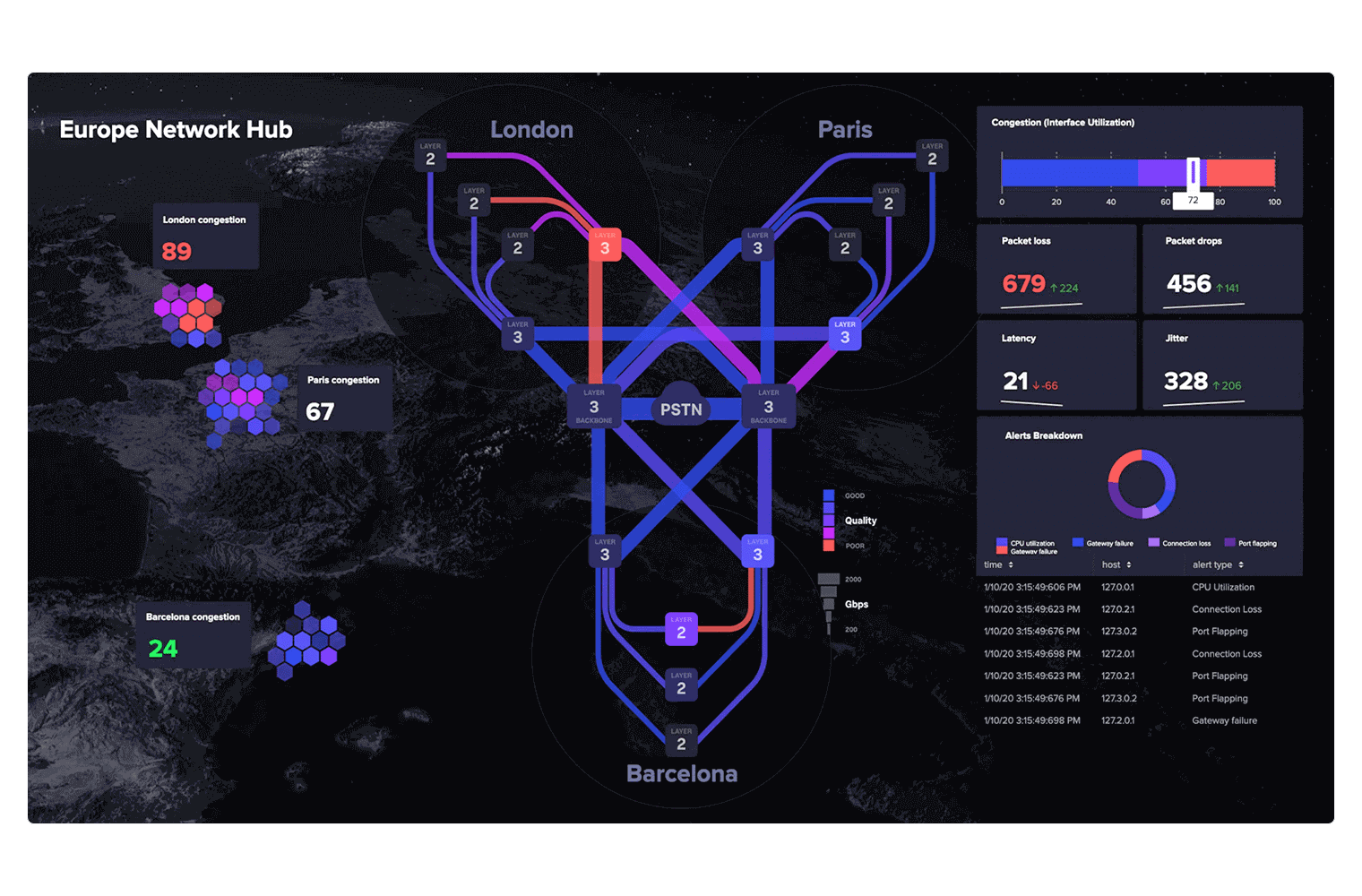Learn more about IT modernization
IT modernization is the process of updating software or hardware, or migrating to new technologies for delivering services and applications. IT modernization can take an incremental approach, in which discrete pieces of the stack are upgraded individually, or an end-to-end holistic approach in which the stack is overhauled at once. IT modernization broadly includes application modernization, infrastructure modernization and process improvements.
IT modernization benefits often include improved infrastructure security, reduced costs or improved efficiency for IT operations and development. Additionally, IT modernization is often performed to improve end-user experience and reduce employee frustration by automating tasks and making processes easier. Another important benefit can be making it easier to find and retain workers who have the skills and desire necessary to maintain and improve systems.
It's important for organizations to have a clear strategy and roadmap for IT modernization. An IT modernization strategy should begin with a clear map of existing technologies and application dependencies. Business and IT leaders should work together to examine the existing landscape and come together to define an organization-wide target IT state.
After this, leadership can begin to decide what changes to make among systems, people and processes to achieve the target IT state. At this point, a multiyear roadmap of sequence and scope change can be developed that guides the actions required to achieve a modernized IT environment.
IT modernization is often a component or subset of a larger digital transformation initiative for an organization. Digital transformation is more broadly defined than IT modernization and can include newly automating or digitizing processes beyond IT. Conversely, IT modernization is more often focused on bringing IT infrastructure and software up to date in order to improve specific IT needs or processes — which typically have a downstream impact on end users.





